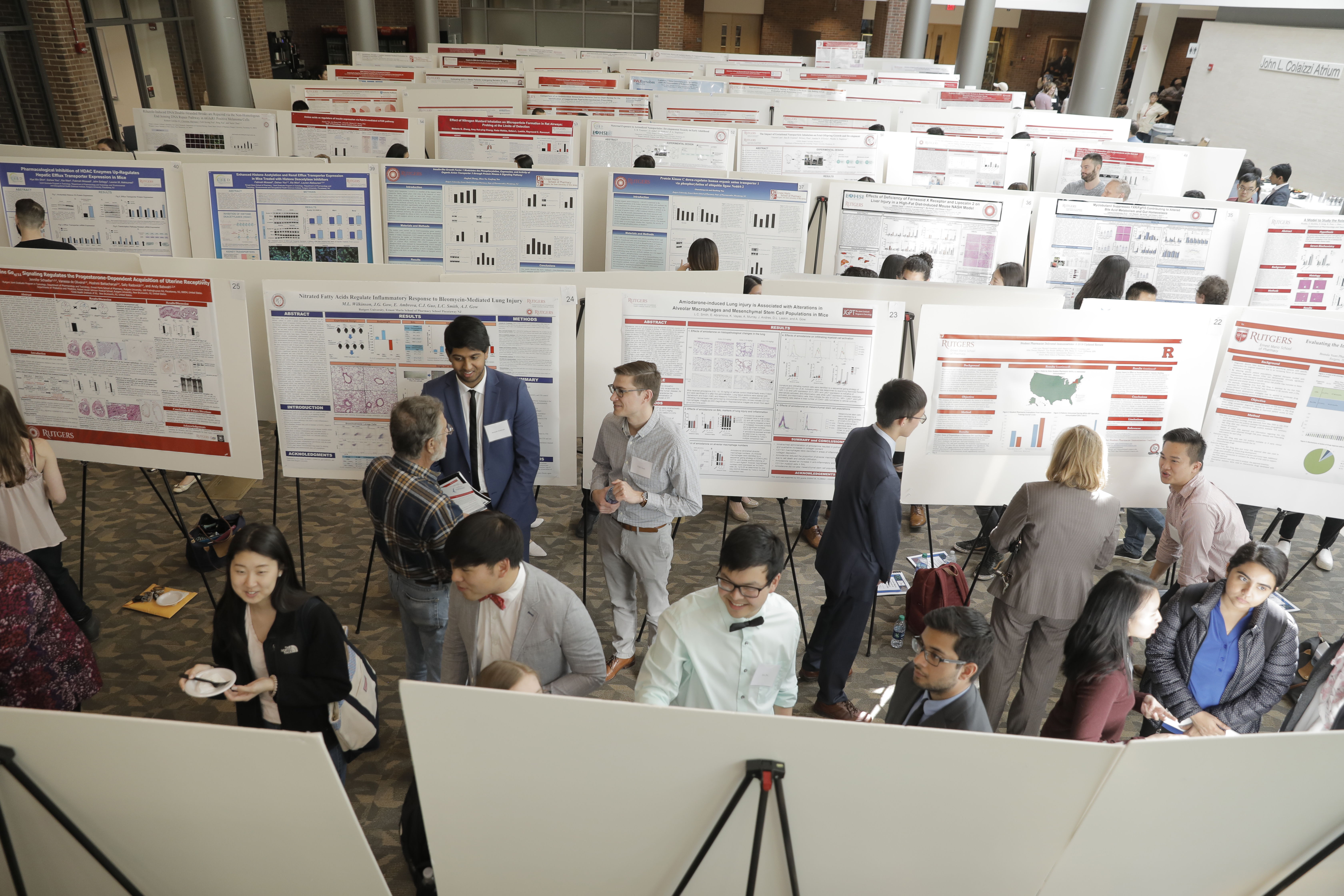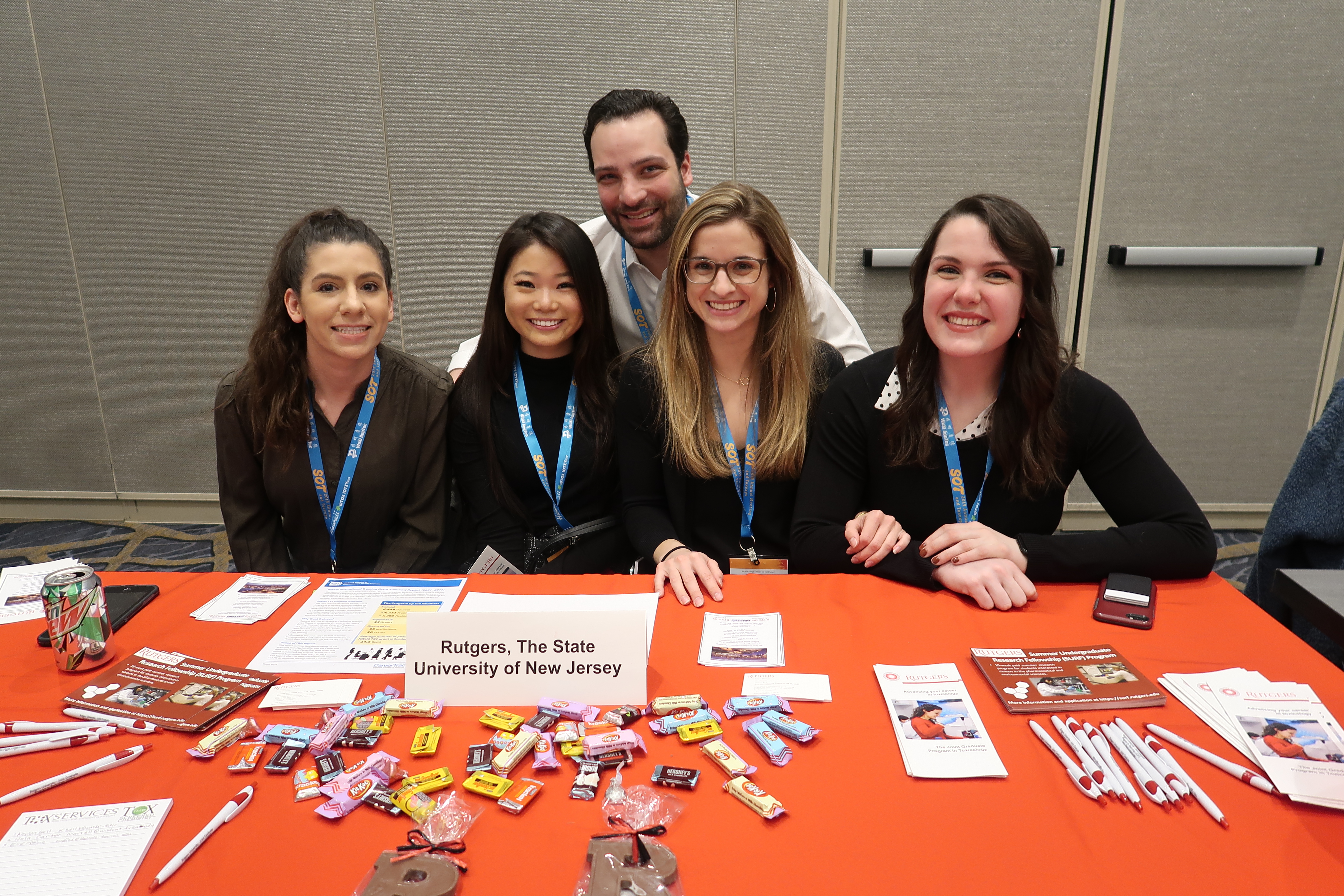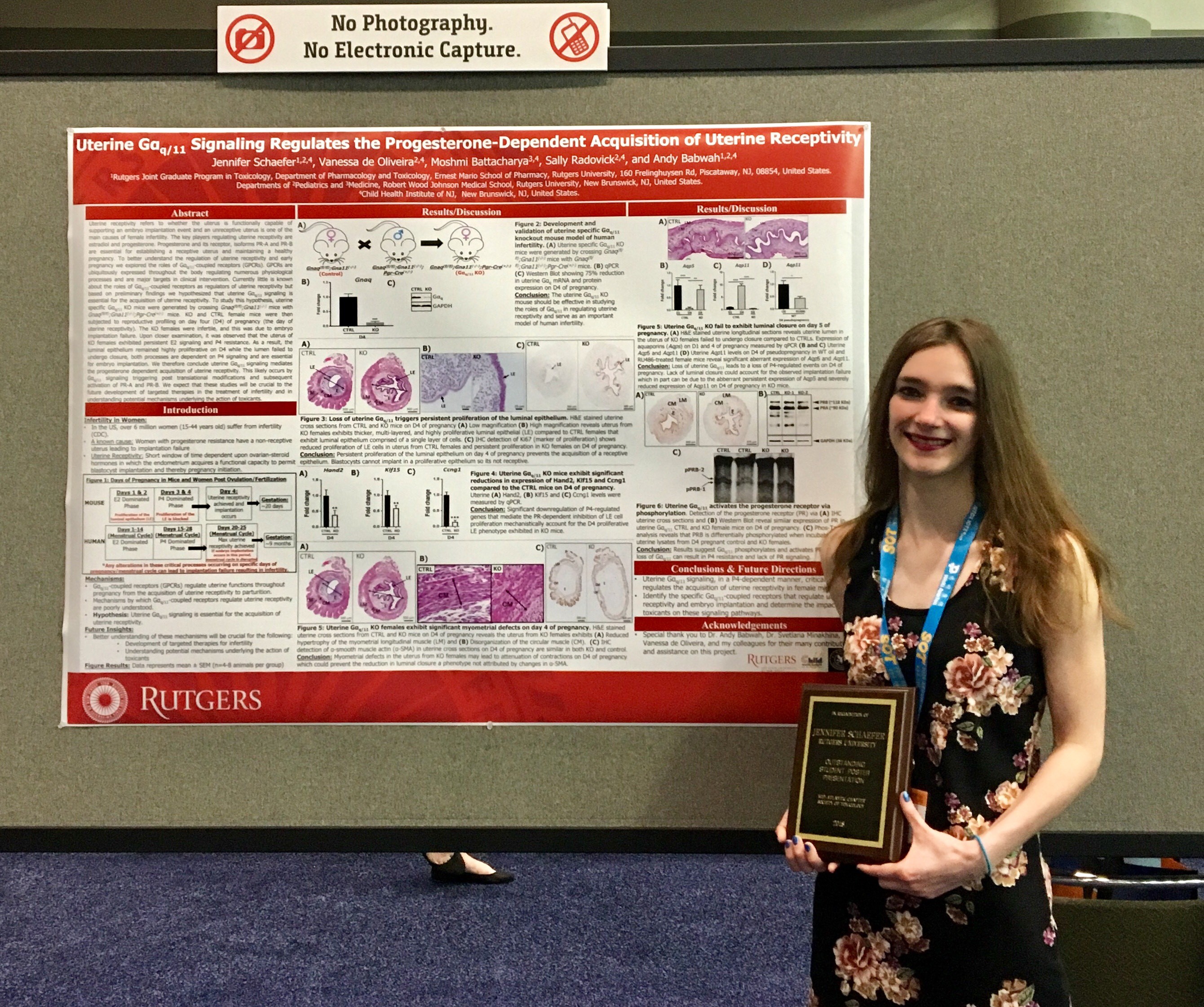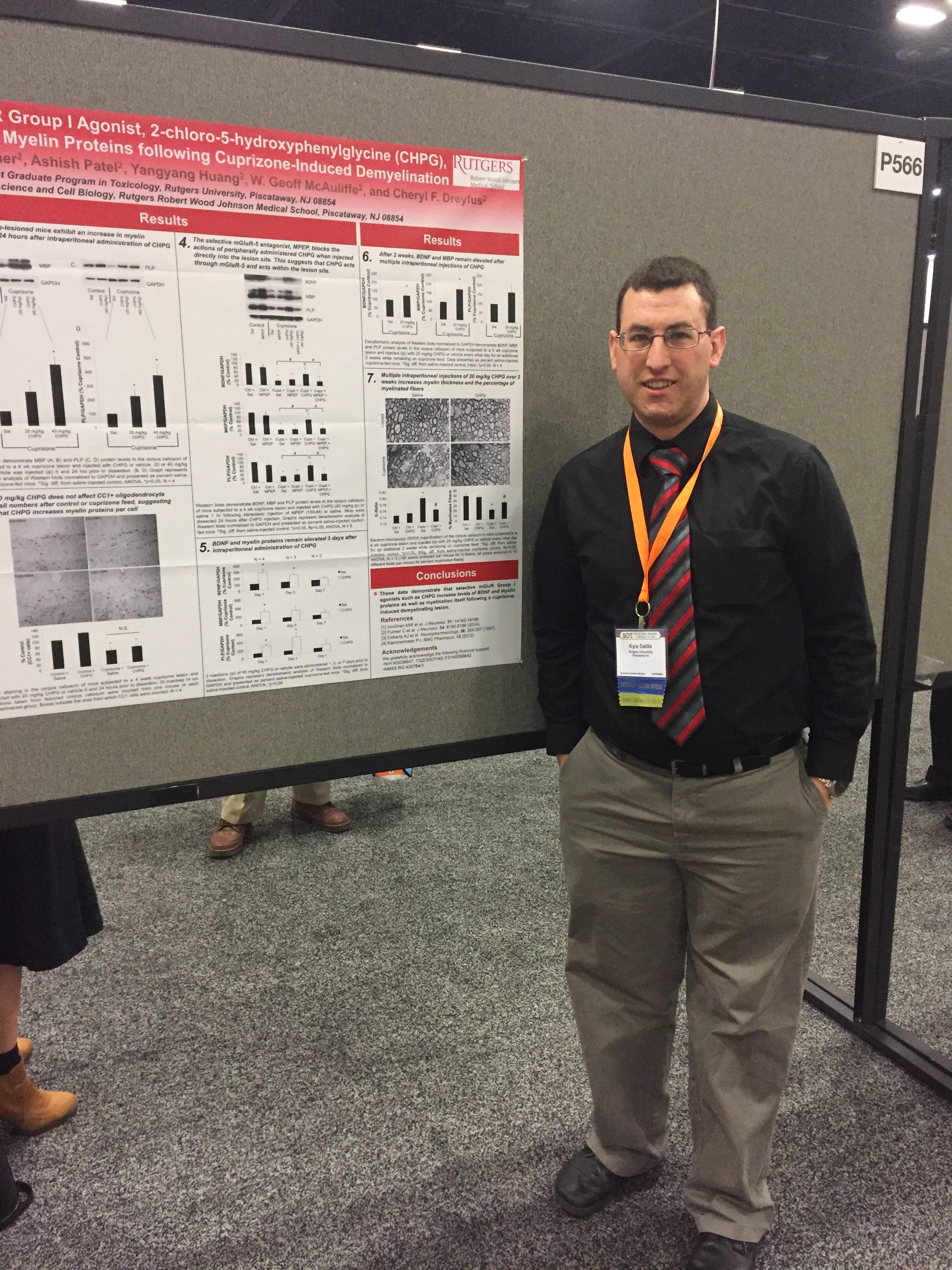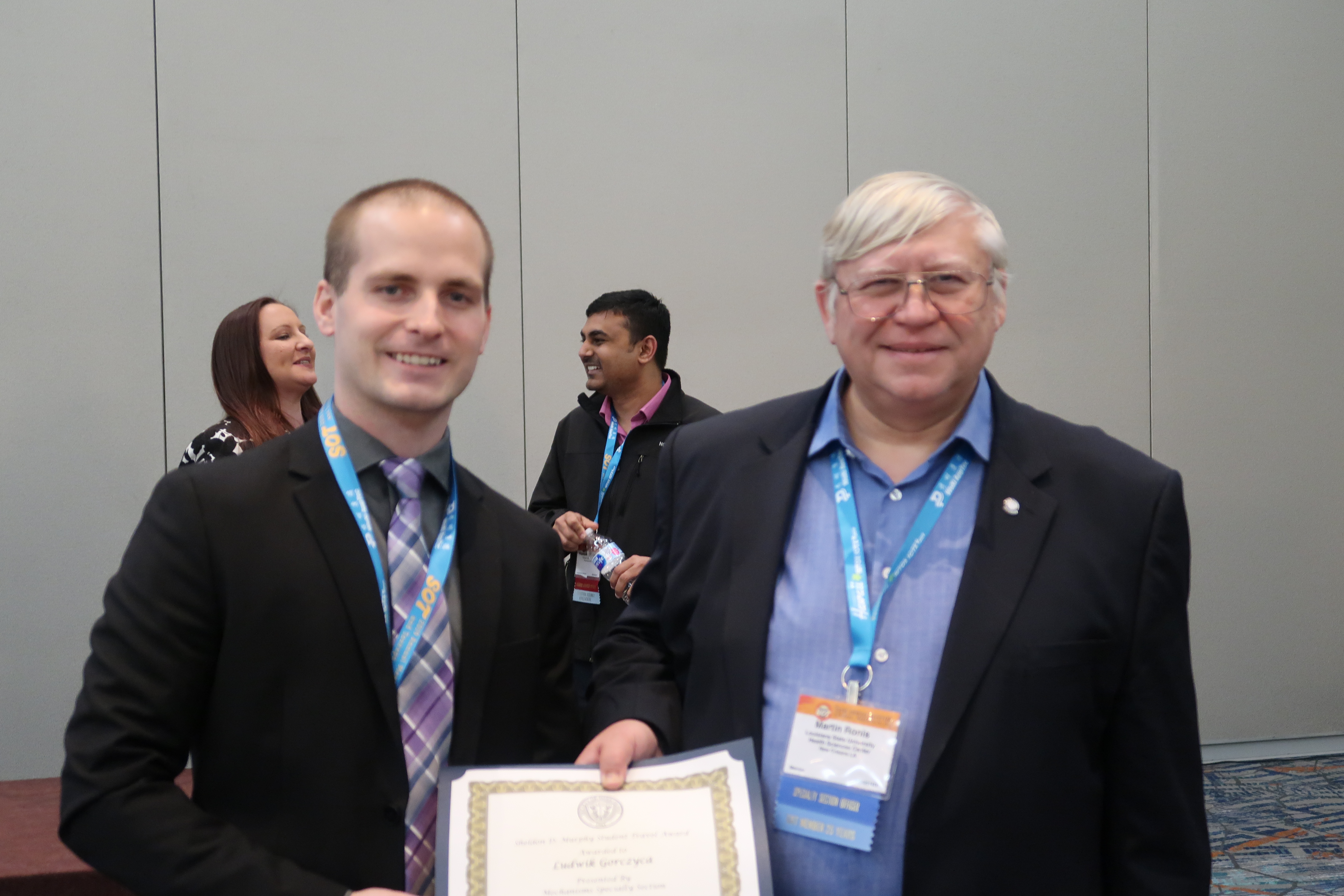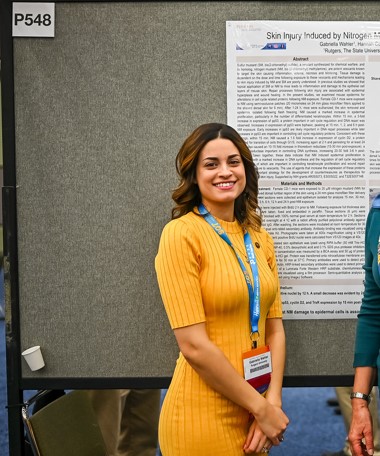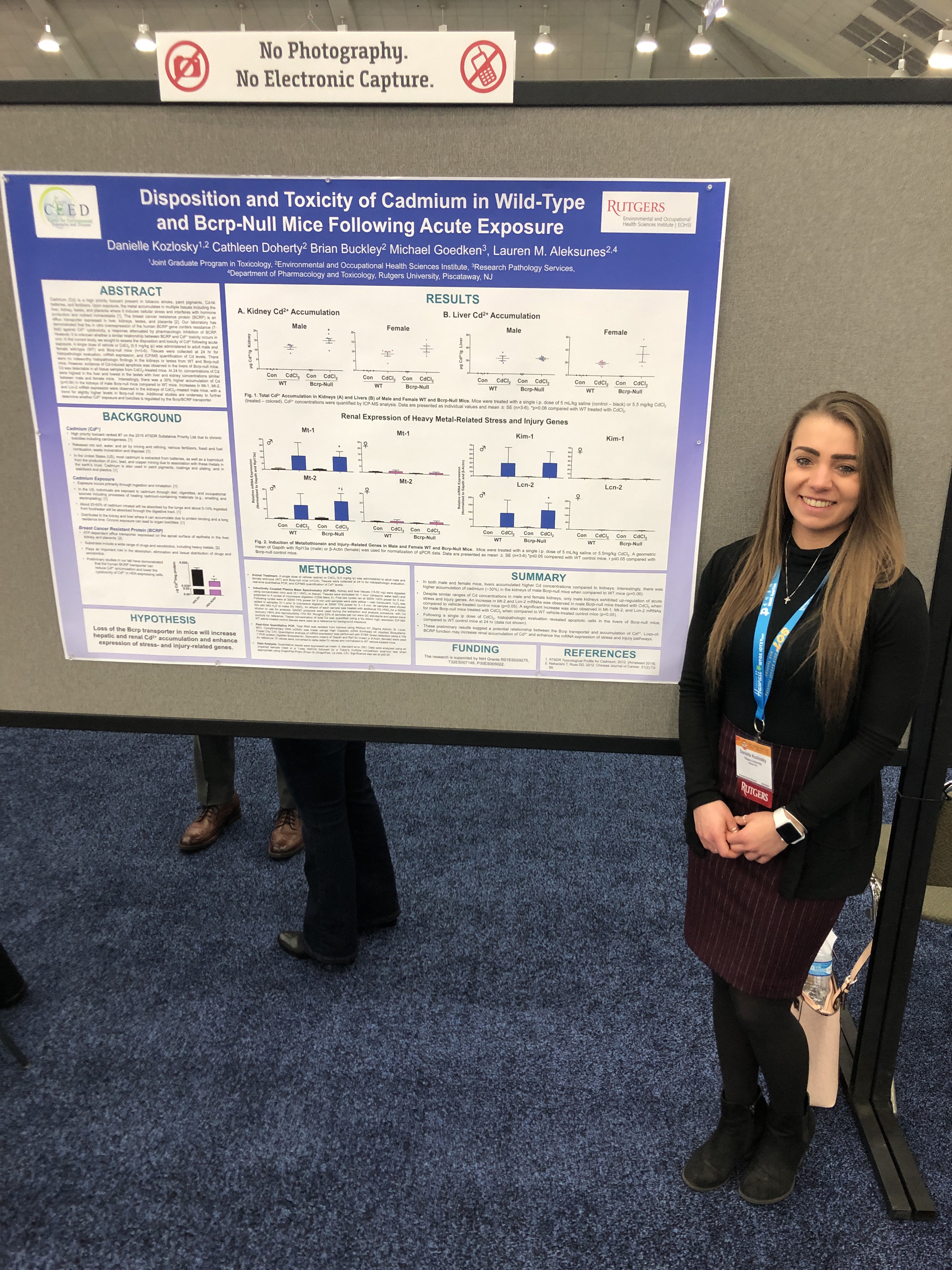
In June 2019, JGPT faculty Drs. Jeff Laskin, Laurie Joseph, Don Gerecke, and Debra Laskin hosted the annual meeting of the CounterACT program. Government, academic, and industry scientists from across the country attended the 3-day conference at the New York Academy of Sciences. Trainees Alexa Murray and Dr. Cody Smith were selected for podium presentations […]


